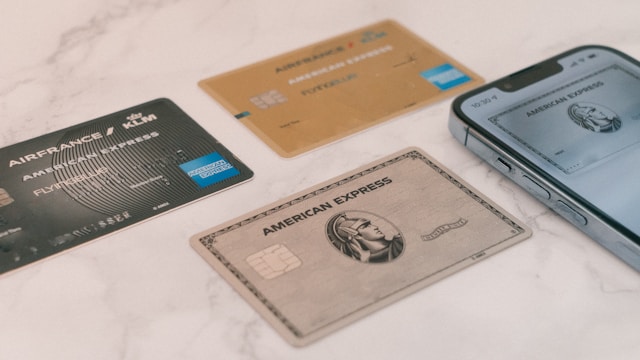Credit cards come in various types, each tailored to different spending habits, financial goals, and credit profiles. Understanding these different types can help you choose a card that best suits your needs and maximizes benefits. Here’s a detailed guide to 10 common types of credit cards:
1. Standard Credit Cards
Standard credit cards are the most basic type, offering a revolving line of credit that allows you to make purchases up to your credit limit. They typically come with a range of benefits such as fraud protection, extended warranties, and sometimes rewards programs. Standard cards are versatile and suitable for everyday purchases, groceries, bills, and more.
2. Rewards Credit Cards
Rewards credit cards offer incentives for spending in the form of cash back, points, or miles. Cash back cards provide a percentage of your spending back as a statement credit or direct deposit, while points and miles cards allow you to accumulate rewards redeemable for travel, merchandise, or other goods. These cards often have different categories where you can earn higher rewards, such as groceries, dining, or travel.
3. Travel Credit Cards
Travel credit cards are designed for frequent travelers and offer benefits like airline miles, hotel points, travel insurance, and access to airport lounges. They may also waive foreign transaction fees, making them ideal for international travel. Co-branded travel cards are linked with specific airlines or hotel chains, while general travel cards offer flexibility in how you earn and redeem rewards.
4. Cash Back Credit Cards
Cash back credit cards reward you with a percentage of your spending as cash back, typically ranging from 1% to 5% depending on the category of purchase. Some cards offer higher cash back rates for specific spending categories like gas, groceries, dining, or online shopping. Cash back can be redeemed as a statement credit, direct deposit into your bank account, or sometimes as gift cards.
5. Balance Transfer Credit Cards
Balance transfer credit cards allow you to transfer high-interest debt from other credit cards onto a new card with a lower or zero percent introductory APR (Annual Percentage Rate). This can help you consolidate debt and save on interest charges, allowing you to pay down your balance faster. Balance transfer cards often charge a fee for transferring balances, so it’s important to calculate whether the savings on interest outweigh this fee.
6. 0% APR Introductory Offer Credit Cards
These cards offer an introductory period with a 0% APR on purchases or balance transfers for a specified period, typically ranging from 6 to 18 months. This allows you to make purchases or transfer balances without accruing interest during the promotional period. After the introductory period ends, a regular APR will apply to any remaining balance.
7. Secured Credit Cards
Secured credit cards require a security deposit, which serves as collateral and determines your credit limit. These cards are designed for individuals with limited or damaged credit history and can help establish or rebuild credit when used responsibly. Secured cards function similarly to standard credit cards, allowing you to make purchases and build a positive payment history.
8. Student Credit Cards
Student credit cards are tailored for college students and young adults who are new to credit. These cards often have lower credit limits and fewer fees compared to other types of cards. They may offer rewards on purchases like textbooks or dining, and some even provide incentives for good grades. Student cards are designed to help students build credit responsibly while managing their finances.
9. Business Credit Cards
Business credit cards are specifically for small business owners and entrepreneurs. They provide benefits like expense tracking, employee cards, and rewards on business-related purchases such as office supplies, travel, and advertising. Business cards may offer higher credit limits and rewards tailored to business spending categories, making them valuable tools for managing cash flow and earning rewards on business expenses.
10. Charge Cards
Charge cards require you to pay off the balance in full each month, unlike credit cards where you can carry a balance over time. These cards do not have a preset spending limit, but your purchasing power can fluctuate based on your spending habits and payment history. Charge cards often come with perks like travel benefits, purchase protection, and rewards programs, appealing to individuals who prefer to pay off their balance monthly.
Choosing the right credit card depends on your financial goals, spending habits, and creditworthiness. By understanding the different types of credit cards available, you can select a card that aligns with your needs and helps you achieve your financial objectives, whether it’s earning rewards, saving on interest, building credit, or managing business expenses effectively.



